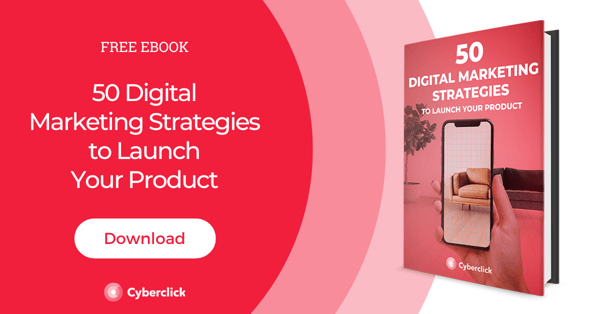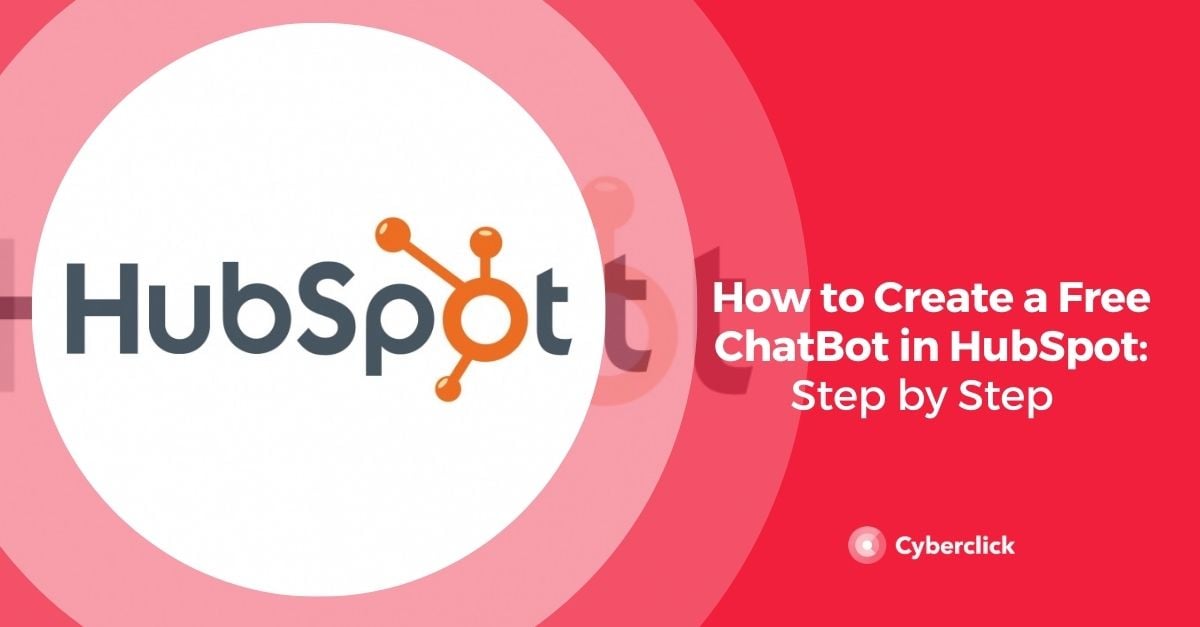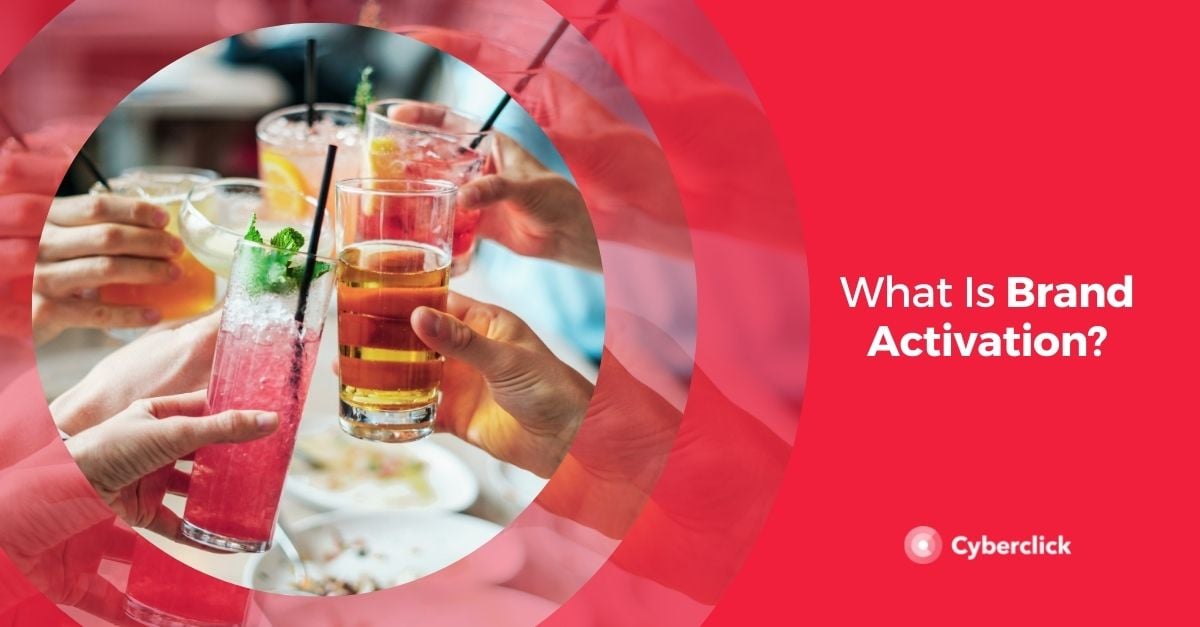Inbound marketing has become the go to sales process for many brands online. Traditional sales models are eschewed for a less-intrusive process where leads are guided rather than prodded. Most people these days research products online before they buy and are only in contact with sellers at the final stage of sale. This has shifted the power in the sales process to the consumer’s side.
As a visualization, an inbound marketing funnel is similar to the classic sales funnel, yet as we’ll see below, inbound marketing funnels use a quite different approach for converting curious shoppers into loyal customers and finally, raving fans.
What Is Inbound Marketing?
As a marketing strategy, inbound marketing is a process that builds interest for your products in the eyes of consumers. By generating useful, informative and valuable content, you can attract prospects to see you as a trustworthy and viable vendor. As mentioned earlier, inbound marketing looks to nurture leads along rather than pressure or hassle them into purchasing. The inbound marketing funnel is the blueprint for this process. Inbound marketing is a long-term investment, yet it definitely pays off as your brand will over time create authority, a library of content and a streamlined system for converting visitors.
What Is the Inbound Marketing Funnel?
Inbound marketing funnels—or conversion funnels—are graphics that illustrate and provide a format for the specific steps and tactics involved during a customer’s journey. The funnel shape is used since the number of prospects decreases as they make their way down different phases towards the end of the funnel, or the point of sale. There are three primary phases: TOFU, MOFU, and BOFU.
TOFU (top of the funnel or first contact)
This first phase is where prospects come to the realization that they have a problem to be solved—and you might be able to help them. Here they are in a learning stage and you can provide them with valuable resources. Due to the number of prospects (85% of users in your funnel) and their broad interests, content needs to be varied and appeal to a wider audience. Any number of content types can be utilized to attract users: display ads, native advertising, ebooks, videos, etc.
MOFU (middle of the funnel, user is evaluating different options)
Once users have shown some curiosity, these remaining 10% move on to considering the available options for filling their needs. In this second phase users need more detailed, specialized content that convinces them of a product’s validity. This could be in the form of testimonials, expert opinions or videos. Be careful not to push them away with sales-y content, but rather utilize retargeting to remind them about you as a solution to their problem.
BOFU (bottom of the funnel, making the sale)
By this stage our prospect is more or less ready to make a purchase. Usually a final push is needed to convert and this is where free trials and promotional offers come in. Marketing channels like user communities, social ads and search engine marketing are typically utilized. Make sure the buying process including checkout is as hassle free as possible. Last but not least, give them a multitude of ways to contact you if needed for continuing support.
How Does Inbound Marketing Use the Conversion Funnel?
Inbound marketing generates 54% more leads than traditional outbound practices. And the conversion funnel plays a leading role in the inbound marketing strategy because it dictates what content and strategies are used. Depending on what stage of the funnel the user is in, the inbound strategies change. Instead of a generic blast of information, the message is tailored to prospects based on where they are in their journey of discovery. Conversion funnels also serve to automate the marketing process by creating a clear structure based on user data and experience.
In the initial phase of searching for information, users might come across your blogpost or how to video which you’ve optimized with keywords and crafted to give maximum value. This builds trust and establishes you as a thought leader. Now it’s possible that you’ve created a lead and can introduce your positioning to them with calls to action, landing pages and other tools.
The following exposures can be segmented to deliver tailored content depending on your target buyer personas. Through target user data collection and analysis you can identify those buyer personas and what their needs are. As soon as possible, collecting a user’s email address or some form of contact is essential to nurturing and guiding towards a sale. Again, there is a fine balance between chasing leads away and delivering content they actually want. Be sure to be conscious of how your communications land from the user perspective.
Continuing down the inbound funnel in this consideration stage, you may now address common questions or objections with content that may include FAQs or testimonials on your site or through email communications. At this point, the lead may be ready to make a purchase or might not be. Here automation of your inbound marketing system plays a vital role. Automated follow up emails or re-marketing through social media reminds leads who weren’t ready, to finally commit to a purchase.
Finally, even after a sale is made, follow up to ensure customer satisfaction and well-timed communications about offers and exclusive content help build a continuing relationship. Additionally, conversion funnel optimization will be an ongoing process of finding the ideal way to deliver value and close sales.
The Inbound marketing funnel is a powerful framework for guiding both your marketing team and your leads in a strategic and logical manner. By creating clear and suitable actions to align with users’ position in the sales process, you can develop an automated, customized and highly effective system to turn strangers into loyal customers. We want to build relationships based on addressing people’s needs and showing why we are their solution. Simply put, inbound marketing funnels lead to more engaged users, less-stressed marketers and, most importantly, higher ROI.
Inbound Marketing Strategist en Cyberclick. Graduada en Publicidad y Relaciones Públicas por la UPF. Responsable de la estrategia de inbound marketing, creación de contenidos digitales y posicionamiento web. Gestión del CRM con la herramienta HubSpot.
Inbound Marketing Strategist at Cyberclick. Helena holds a degree in Advertising and Public Relations from UPF. She specializes in inbound marketing campaigns, digital content creation and web positioning, with experience in CRM management and HubSpot.






Leave your comment and join the conversation